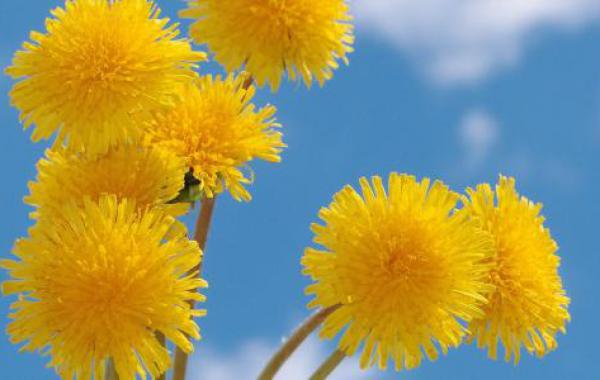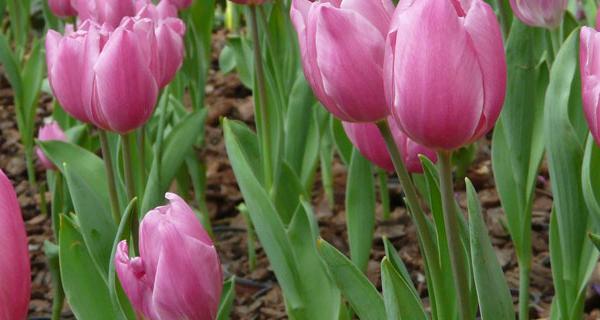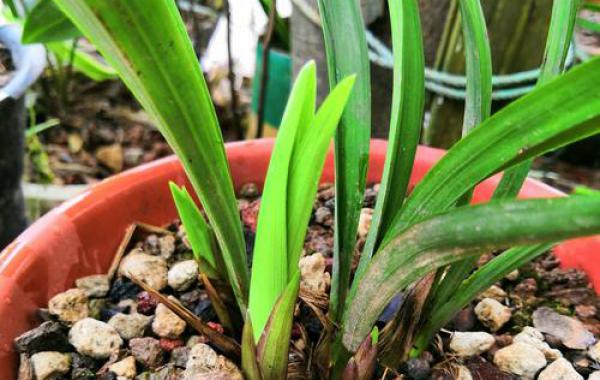How to cultivate flower dwarfing technology?

How to carry out the cultivation of flower dwarfing technology.
Cultivation essentials of flower dwarfing technology:
I. asexual reproduction
The asexual propagation methods such as grafting, cutting and striping can achieve the effect of dwarfing, shorten the flowering stage, reduce the plant height and compact plant type. Grafting can achieve dwarfing by selecting dwarfing varieties. The plant height can be determined by considering the cutting time, for example, the chrysanthemum can be dwarfed and lodging can be controlled by cutting in late July. In addition, by using the bud cutting method, the tall dahlia can be planted in a basin with a diameter of more than ten centimeters, the plant height is only enough and the flowers are large and colorful.
II. Shaping and pruning
Through plastic surgery, remove the main branches to promote the germination of lateral branches when the plant is young, and then cut off too many poorly growing lateral branches, in order to achieve plump plant type, low plant, and improve ornamental. Rose, a string of red, rhododendron, foliage flowers and other pruning mostly use this method to dwarf. Daffodils can be dwarfed by acupuncture and carving.
III. Controlled fertilization
Timely application of phosphorus and potassium fertilizer and less nitrogen fertilizer to potted flowers can control the vegetative growth of plants and achieve dwarfing.
IV. Artificial dried koji
Artificially twist the branches, block the nutrient transport channel of the plant, slow down the plant growth rate, and achieve the low plant type of flowers. Generally, it is widely used in the production of small bonsai.
Use of plant growth regulators
1. Spraying a string of red plants with paclobutrazol can make the internodes shorter, the leaf area smaller and the leaf color deeper, thus changing the phenomenon of tall stems, thin stems, sparse flowers and leaves and serious de-flowering of a string of red plants, and improve the ornamental value. In addition, goldfish grass, chrysanthemum and other flowers are also often used in dwarfing.
two。 When a bunch of red and other plants were treated with propranolol, the plant height decreased by 26%, the stem nodes became shorter, the number of branches increased, and the ornamental ability was improved.
3. The plant treated with B9 can inhibit the vegetative growth of morning glory, making it dwarf 61.5-67% in vegetative growth period and 40.5% in full flowering stage, so that the plant type is short, the branches and leaves are compact, and the flowering is concentrated.
4. The plant type can be dwarfed and the ornamental ability can be improved by inhibiting the vegetative growth of petunia and other petunias.
VI. Radiation treatment
Some flowers can also be treated by radiation to change the growth of plants, so as to achieve dwarfing. For example, the treatment of daffodil bulbs with γ-rays can control the growth of daffodils and dwarf narcissus plants. When canna was treated with 60 ℃, the height of canna could be reduced by 30 cm to 50 cm, and the ornamental value could be increased.
1. Dwarf varieties were selected. Dwarf varieties are characterized by strong branching ability of buds, low branching position, large branching angle, short internodes and compact plant shape. The main root is not obvious, the lateral root is developed, and there are many fibrous roots.
two。 Raise short and strong seedlings. Adopt nutrition bowl to raise seedlings, limit the development of main roots, promote the development of fibrous roots, and correspondingly inhibit the growth of aboveground stems and leaves.
3. Prepare the culture soil. Culture soil is the basis of good growth of potted flowers, which requires rich organic matter, good aggregate structure, fertile and loose, and comprehensive nutrition. It is made of rotten leaf soil, garden soil, pond mud, peat soil, river sand, organic fertilizer, phosphate fertilizer, bone meal, plant ash and so on. The pH value is slightly acidic to slightly alkaline, and the adaptability of different flower varieties to acidity and alkalinity should be adjusted.
4. Break the radicle and put on the basin. Plant the flower seedlings in a pot, cut the radicle (main root), spread the lateral root around when transplanting, and fill the soil layer by layer.
5. Change basin, control fertilizer and buckle water. Potted flowers are mainly based on nutritious soil fertilizer, so it is necessary to change the pot and renew the culture soil constantly, generally changing the pot once a year to 2 years, according to the growth of the plant, the small pot for the big pot and the old soil for the new soil. Combined with changing the basin, pruning the root and pruning, improving the tree structure and promoting sturdiness. Control nitrogen fertilizer, increase the application of phosphorus and potassium fertilizer, do not irrigate too much, in order to prevent excessive growth, rotting roots and dead seedlings. Especially in the peak growth period, it is necessary to make water and fertilizer control, so that the basin soil can see dry and wet, save water and reduce fertilizer, promote stable growth, achieve more branches, more flowers, short dense branches, and dwarf plants.
6. Strengthen pruning and plastic surgery. Flowers and trees grow at a certain height and pick the heart in time, and adopt opening branch angle and twisting, curved branch shaping to restrain the top growth advantage, shorten the vegetative growth cycle and promote flowering and fruiting.
7. Chemical regulation. Chemical synthetic growth inhibitors were used to promote dwarfing. When the flower seedlings were transplanted into the pot, a certain amount of paclobutrazol was mixed in the culture soil, 0.15% to 0.25% paclobutrazol was sprayed or poured during the growing period, or growth inhibitors such as dwarf, B9 and other growth inhibitors were used to inhibit cell elongation and growth, promote cell division and thicker growth. to achieve the purpose of strong leaves and fat branches, compact crown, multi-fruit flowers, and improve ornamental value.
Related
- What if the leaves of potted flowers turn yellow?
- Florescence Control of several Flowers
- Anti-freezing technology and post-freezing nursing technology of flowers
- What is the classification of flowers? What are the common methods of flower classification?
- Prevention and control of alkali and acid damage of flowers in courtyard
- Technology of Anti-freezing and restoring growth of Flower seedlings in greenhouse and greenhouse
- How does flower fertilization not hurt the root? Fertilization technology of flowers
- Key points of disinfection in flower greenhouse
- Several pesticides that are banned or used cautiously in flowers
- How to fertilize the flowers that watch the leaves?



